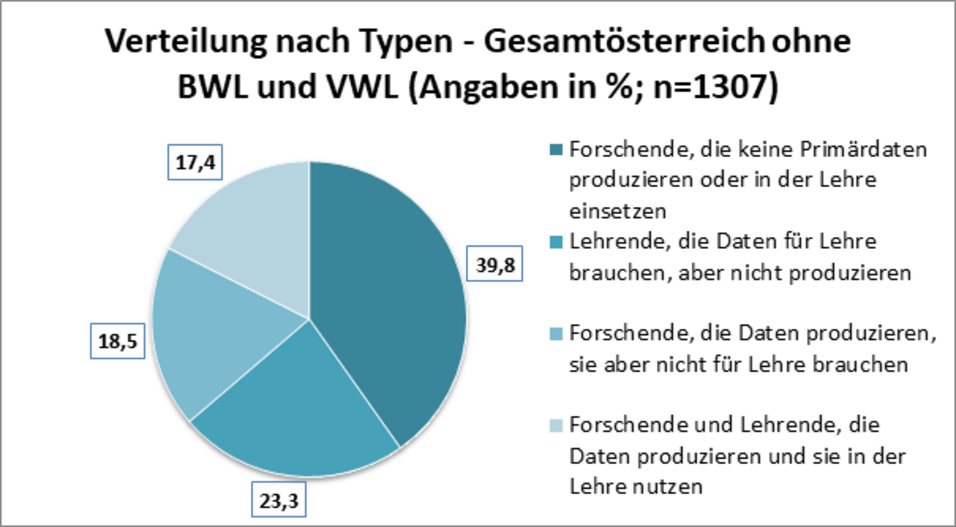Where and what do Austrian social scientists work on? So far there is no current systematic answer to this question. The aim of the project "Mapping the field" was not only to find out where the social sciences are concentrated, but also to generate insights into the applied methods and scientific research projects since 2016.
This summer, data was collected from the respective websites, online teaching platforms, and research documentation databases of Austria's public and private universities, universities of applied sciences, and colleges of education. Although the research was based on the official ÖFOS 12 classifications (Österreichische Systematik der Wissenschaftszweige), there were several challenges in data collection right from the start. There was a large discrepancy between the institutions with regard to the understanding of social sciences. For example, the same subjects have been classified as social sciences by some institutions while others have classified them as natural sciences. In addition, there were no standardised job titles and no predefined role profiles. However, the main challenge in the survey process was that some institutions did not provide complete information on both curricula and research projects. In particular, the documentation of own projects was very unsystematic and was therefore excluded from the analysis in order to avoid a bias. The fact that under-coverage cannot be ruled out must therefore be taken into account when interpreting the results.
First results: Vienna as Center for Social Sciences in Austria
More than 3,000 scientists, who have worked on 724 research projects since 2016, work at Austrian social science institutions. With regard to the regional distribution, Vienna is the social science centre of Austria. Approximately 45 % of all scientists work in Austria’s capital, most of them at public universities. On the other hand, the regional distribution of universities of applied sciences (803 persons) shows no outliers of this kind; all the federal provinces are represented to a similar extent here.
Almost a quarter of all social scientists in Austria were involved in at least one scientific research project and thus contributed to the generation of empirical data. Nearly 20% of all social scientists teach empirical methods. As the chart shows, more than 40% of all researchers actively work with empirical data. This either in the form of data generation or through the use of empirical data in methodology lectures. If we calculate the subjects that can be attributed to economics, such as business administration and economics, whose research performance is not based on classical empirical research, then as many as 60% of scientists actively work with empirical data.
Furthermore, these results also demonstrate that there is a significant number of scientists who neither produce data nor are lecturers of empirical method courses.
The results of this first analysis will lead to a scientific publication. In a next step, the interests and needs of the examined group will be identified in a survey.


